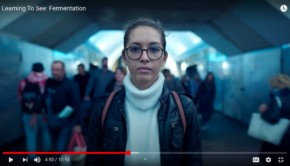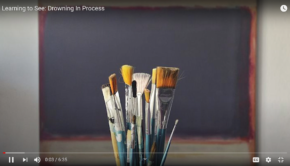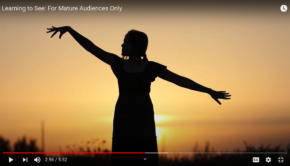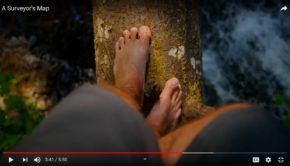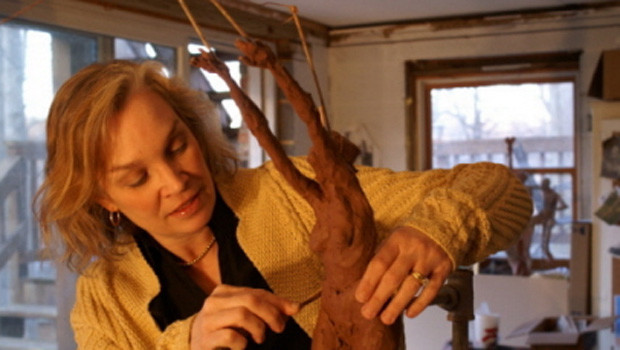
A Conversation With Sculptor, Karen Swenholt
Convergence Media Strategy Intern, Avni Kacker, had a chance to sit down with Sculptress, Karen Swenholt, to get to know her and talk about more about her sculptures and process. Karen Swenholt has graciously lent Convergence her sculptures to start a Contemplative Sculpture Garden, which were recently installed.
Can you tell us a bit about how you got started as an artist – some of your basic history?
Well, I was a painting major in college. I liked writing as well, and had to choose and chose painting. I never thought of myself as a sculptor, but I did have a dream of myself in heaven with God, and He was showing me my sculptures. This was when I still thought of myself as a painter, and I never forgot that dream. Years later while I was worshipping in a church, I saw a mental image of the room in which God had shown me my sculptures. I turned to my husband and said, “We need to clean out the basement. God wants me to sculpt.” It all happened incredibly fast. I got an exhibition at a good gallery within six months of sculpting my first conceptual/expressive piece. It seemed that I was supposed to create sculptures, but I would not have known that had it not been for the dream.
So that dream was a turning point for you.
Yes, absolutely. I took a class, and I was good at it, and it was different than painting. I was good at painting, but with sculpture, I really began to think with the medium. As a painter, I was a reporter – like a journalist. For example, you give me an apple, and I’d paint the apple, and that was that. But, with sculpture, I began to learn the language of form, symbolism – the language of art. Victor Hugo has a great quote, “In the Middle Ages, man had no great thought that he didn’t put in stone.” It was the idea that art serves that drew me. People in modern culture think of art as this separate entity, but in reality, art is a servant, a bridge, a communicator. If you can speak with it, you can think with it. And if you can think with it, you’re going to think something different because of the language that you’re framing it in. Uncommon language yields original thought.
People in modern culture think of art as this separate entity, but in reality, art is a servant, a bridge, a communicator. If you can speak with it, you can think with it. And if you can think with it, you’re going to think something different because of the language that you’re framing it in. Uncommon language yields original thought.
There’s something that sculpture carries that cannot be spoken in any other medium. Because its sculpture and not words, your thought process is expressed in the clay and out of the clay. You understand the meanings of the different things you’re doing as you’re creating them. You’ve got ideas that don’t have words that you’re using to communicate. You come up with different answers because you have a different vocabulary with which to ask questions. If I believe that I’m a bridge, and that God is using me as an artist, and that art serves, then He can communicate things to me, through me that language doesn’t. In this way, I have something to give that word-centric people don’t.
Where does the inspiration for your sculptures and messages come from?
I pray as I go, mostly casually. That relationship informs my work. I definitely derive a lot from the culture around me – songs, books, stories, friend’s stories. For example, months after I finished it, I realized that a cartoon character from The Little Mermaid (King Trident) was an inspiration for the Spirit of Religion in one of my sculptures. I consciously sculpted a personification of Grace based on Bono’s song Grace. When I read about injustice, I will sometimes sculpt a response. The sculpture, Daphne is an example of that. I live in this culture, and I take it in, and breathe it out. As artists, we take in our world, organize it out of our being, and then speak it back out.
What have been some memorable points in your artistic journey?
The Convergence Sculpture Garden! When I met with the leaders of Convergence, they were speaking ideas that I’d only heard from myself before. Art really needs to be planted, and we’re doing just that with the sculpture garden. When you get it out there, that’s when it’s complete. It’s not finished until it’s out there. Although the individual pieces have been exhibited before in separate times and places, this garden makes them a new thing. My sculpture combined with Jay and Lisa Smith’s vision and Pamela Underhill’s landscape design is an expression of that we’re all doing together. I’m not completely sure what’s going to happen; it feels as though God is moving some things around, and I like not being completely certain and just “riding that wave”. I’m very excited about it. There’s a purpose here that I don’t completely understand yet, and I’m interested to see how it turns out. I think curiosity plays a bigger role in art creation than people credit it. That quality of a quest, How does it turn out? What will it look like? drives a lot of my work. Pure curiosity. I call it “dog on a hunt.” You smell it in the air. The finished piece already exists in God who is in all time. We have to find it. In this case we are finding it together. This process has not had the diffusing quality of art by committee where compromise rules and raw strong ideas are eroded to keep peace. It is a respectful coming together of strengths. This sculpture garden process materializes the concept of the “body of Christ” in motion as it is supposed to be.
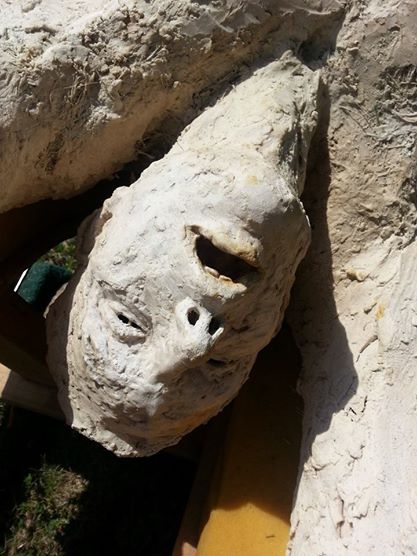
After this garden comes together, what are some other projects in the works?
I’m eager to work with a model again. I have two pieces that I’m thinking about a lot. I’ve also got this exhibition in my mind that is vaguely about narrative – some stories are true, some are known fairy tales and some I have made up myself – it will be about storytelling.
What Advice Would You Give to People Who Have a Gift for Art but Have Not Developed It?
Your gift is important. Ask God if you are supposed to do anything with it. Watch for visual flashes. Keep your ears open to uncommon thoughts that don’t sound like you. Test them. Don’t buy into destruction. Look at good art, contemporary and classic. Take classes if you can. I work from live models whenever I get the opportunity. For gifted undeveloped artists, working from life is a way out of current cultural iconography and into original expression. It moves you out of the art languages developed by others and helps you explore your own way of expressing what is human. The best way to free yourself from the dangers of derivative art is to work with a model. Give it as much time as it needs to become an expression of your own voice. Your voice is important.
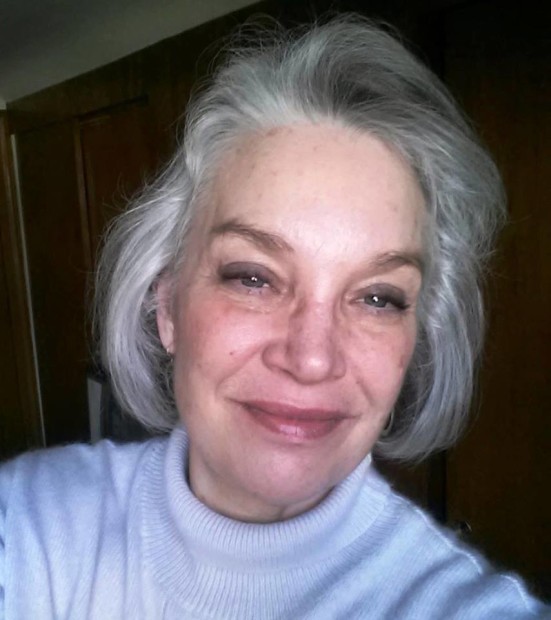 Karen Swenholt is a figurative sculptor who lives and works in Northern Virginia. After attending MICA and California College of the Arts, she has continued her studies at various schools including New York Studio School under Bruce Gagnier.
Karen Swenholt is a figurative sculptor who lives and works in Northern Virginia. After attending MICA and California College of the Arts, she has continued her studies at various schools including New York Studio School under Bruce Gagnier.
Karen Swenholt served as the Artist in Residence at Washington Shakespeare Company from 2002-2011 and at Wesley Theological Seminary throughout 2010. She has participated in numerous juried national exhibitions. Swenholt served as a board member of AGAP (Anacostia Gracious Arts Program). an organization which provides after-hours art education to under-priviledged children.
Her work can be found in many public and private collections including the home of Bono (U2), The Vladmir Romanov Palace in St. Petersburg, Russia and public institutions including Cairn University in Philadelphia, Wesley Theological Seminary and numerous churches across the United States.
Karen Swenholt is currently represented in Northern Virginia by Artspace Oneohnine, Alexandria, and Eisley Fine Art online at Divergence Fine Art and myGallerist (app and online). For further updates on current work and events, please visit Karen’s personal Artpage at www.facebook.com/karenswenholtart.

